
5 Common Mistakes When Drinking Water That Can Affect Your Health

Water is essential for nearly every bodily function, but how you hydrate matters just as much as how much you drink. Many people unknowingly develop poor hydration habits that can cause fatigue, brain fog, disrupted sleep, or even serious health risks over time.
Here are five common hydration mistakes, why they’re harmful, and exactly what to do instead.
🥤 1. Waiting Until You're Thirsty (Not Drinking Enough)
🔍 Why it’s a problem:
Thirst is a late warning sign — by the time you feel thirsty, you're likely already dehydrated. Chronic under-hydration can:
-
Thicken your blood (higher viscosity), stressing the heart and kidneys
-
Reduce energy, focus, and mental clarity
-
Increase your risk of kidney stones and urinary tract infections
⚠️ What can happen:
-
Headaches and brain fog
-
Dry mouth, dark urine, and infrequent urination
-
Long-term: impaired kidney function
✅ What to do instead:
-
Don’t wait for thirst. Sip water regularly throughout the day.
-
Use a simple baseline: 30–35 mL per kg of body weight per day
(For a 70 kg person: ≈ 2.1–2.5 L/day) -
Or follow the easy “8×8” rule: Eight 8 oz (250 mL) glasses per day.
-
Start your day with a glass of water (250–300 mL) to rehydrate after sleep.
-
Keep a visible, reusable bottle nearby and make sipping a habit.
💧 2. Chugging Large Amounts Too Quickly (Especially After Exercise)
🔍 Why it’s a problem:
Drinking large volumes of plain water in a short time — especially after heavy sweating — can dilute blood sodium levels, a condition called hyponatremia. This can be dangerous and sometimes even fatal.
⚠️ What can happen:
-
Early signs: nausea, bloating, headache, confusion
-
Severe cases: seizures, coma, or death (rare but serious)
✅ What to do instead:
-
During workouts: Sip 150–300 mL every 15–20 minutes
-
For exercise longer than 60 minutes or in hot/humid conditions, use an electrolyte drink (or oral rehydration solution)
-
Avoid drinking multiple liters at once — pace your intake
-
After intense activity: Rehydrate with fluids + electrolytes, not just water
🌙 3. Drinking Too Much Water Right Before Bed
🔍 Why it’s a problem:
Downing a large amount of water before sleep can cause frequent nighttime urination (nocturia). Interrupted sleep reduces quality rest and increases long-term health risks like:
-
Weight gain
-
Elevated blood sugar
-
Cardiovascular issues
⚠️ What can happen:
-
Waking multiple times at night
-
Poor sleep → fatigue, irritability, brain fog the next day
✅ What to do instead:
-
Finish most of your fluid intake 2 hours before bed
-
If you're thirsty close to bedtime, take small sips only
-
Persistent nocturia? See a doctor — it could be linked to diabetes, prostate issues, or medications like diuretics
🧃 4. Replacing Water With Sugary or “Flavored” Drinks
🔍 Why it’s a problem:
Many drinks marketed as “healthy” — like sweetened teas, vitamin waters, or fruit juices — are loaded with sugar. These:
-
Provide empty calories
-
Spike blood sugar
-
Contribute to dehydration
-
Harm dental health
⚠️ What can happen:
-
Increased risk of type 2 diabetes, obesity, and fatty liver
-
Tooth decay and sugar crashes
✅ What to do instead:
-
Make plain water your go-to drink
-
Add natural flavor with lemon, cucumber, mint, or berries
-
Unsweetened herbal teas are great alternatives
-
Save sugary drinks for occasional treats
-
During workouts: choose low-sugar sports drinks when needed for electrolyte balance
☠️ 5. Using Contaminated Water or Unsafe Containers
🔍 Why it’s a problem:
Water can become unsafe if it’s contaminated with microbes or stored in the wrong materials. This includes:
-
Plastic bottles left in hot cars or sun (they can leach harmful chemicals)
-
Unwashed reusable bottles, which become breeding grounds for bacteria
⚠️ What can happen:
-
Gastrointestinal issues (nausea, vomiting, diarrhea)
-
Long-term chemical exposure can affect hormone balance and liver function
✅ What to do instead:
-
Drink from filtered, boiled, or certified clean sources
-
Prefer glass or stainless steel bottles over single-use plastic
-
Avoid leaving plastic bottles in hot environments
-
Wash reusable bottles daily with warm soapy water or run them through the dishwasher
🗓 Example Daily Hydration Plan
| Time | What to Do |
|---|---|
| On waking | 250–300 mL plain water |
| Mid-morning | 200–300 mL |
| Before lunch | 200 mL |
| Afternoon | 200–300 mL every hour |
| With meals | 150–200 mL |
| Pre-exercise | 250–500 mL (1–2 hours before) |
| During workout | 150–300 mL every 15–20 minutes |
| After workout | 200–500 mL + electrolytes if needed |
| Evening | Reduce intake 1–2 hours before sleep |
🚩 Signs Your Hydration May Be Off
Dehydration symptoms:
-
Dry mouth or lips
-
Dark yellow urine
-
Dizziness or lightheadedness
-
Low energy or fatigue
-
Headaches
Overhydration/Hyponatremia symptoms:
-
Nausea or vomiting
-
Confusion or disorientation
-
Swelling or bloating
-
In extreme cases: seizures, unconsciousness
⚠️ If symptoms are severe or persistent, seek medical attention.
👵 Special Notes for At-Risk Groups
-
Older adults: Thirst sensitivity decreases with age — encourage regular sipping
-
Pregnant/Breastfeeding: Higher hydration needs — increase fluid intake accordingly
-
Athletes or outdoor workers: Replace both water and electrolytes
-
Medical conditions: Those with kidney issues, heart failure, or on diuretics should follow doctor’s fluid advice
💡 Quick Summary: What You Should Do
✅ Drink water regularly — don’t wait for thirst
✅ Sip slowly — especially during and after exercise
✅ Use safe water and clean containers
✅ Replace sugary drinks with infused or herbal water
✅ Avoid drinking too much before bed
✅ Watch for signs of dehydration or overhydration
Final Thought:
Hydration isn’t just about drinking more — it’s about drinking smart. Make small changes to your daily water habits, and your brain, body, and energy levels will thank you.
News in the same category


Doctors REVEAL that guava leaf tea causes in...
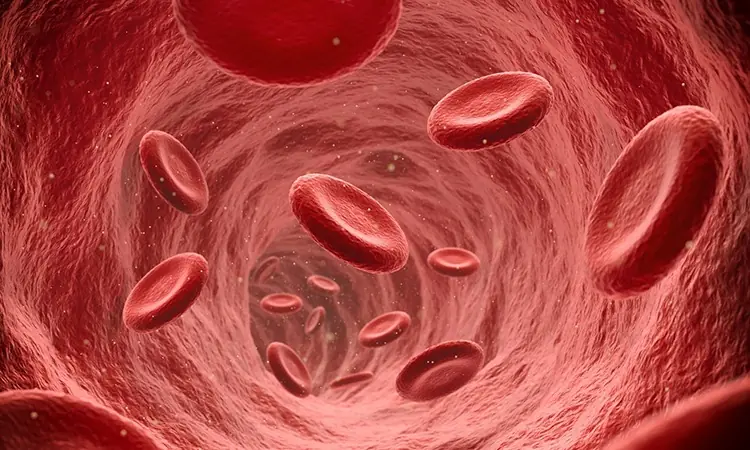
Simple Ways to Lower Cholesterol Naturally

10 Simple Lifestyle Changes That Drastically Reduce Your Stroke Risk
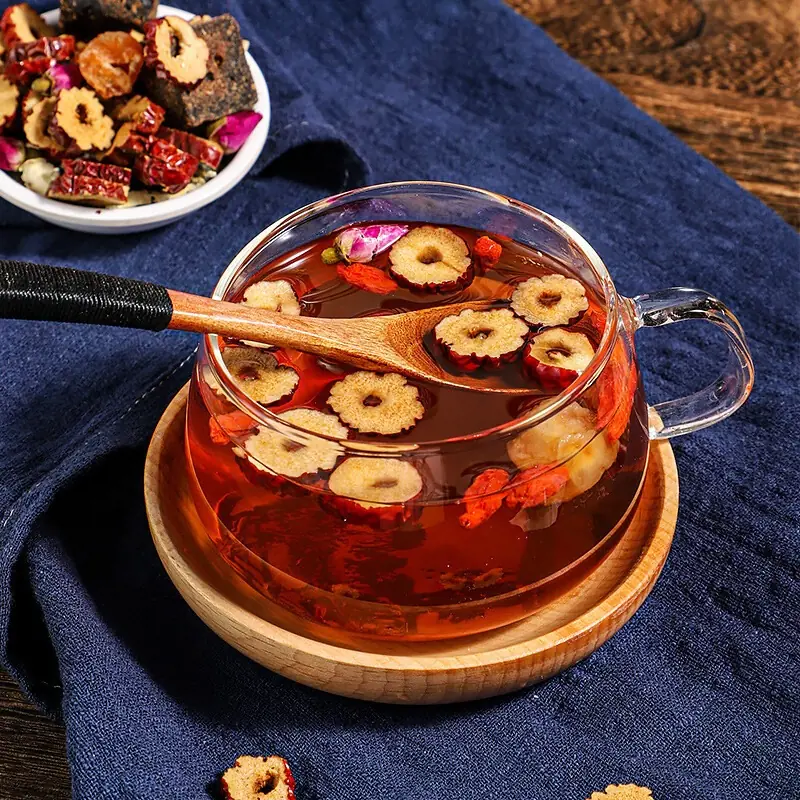
Ginger and Red Date Tea: The 97-Year-Old Grandma’s Secret Longevity Drink

How to Remove Age Spots Naturally with Lemon Juice
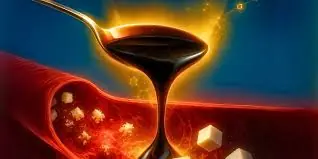
Molasses Stops Insulin Resistance Almost Immediately — Here's How to Use It
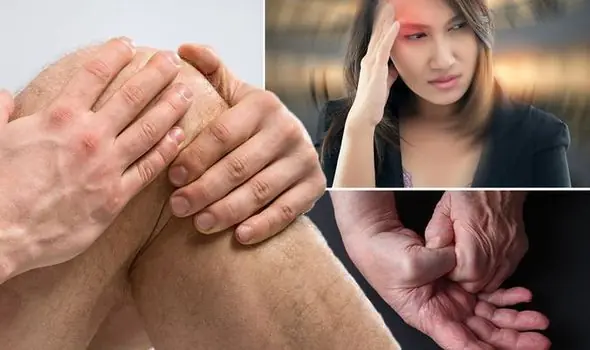
15 Silent Signs You’re Dangerously Low on Vitamin B12

The Potassium Powerhouse: What Eating Bananas Daily Does to Your Blood Pressure
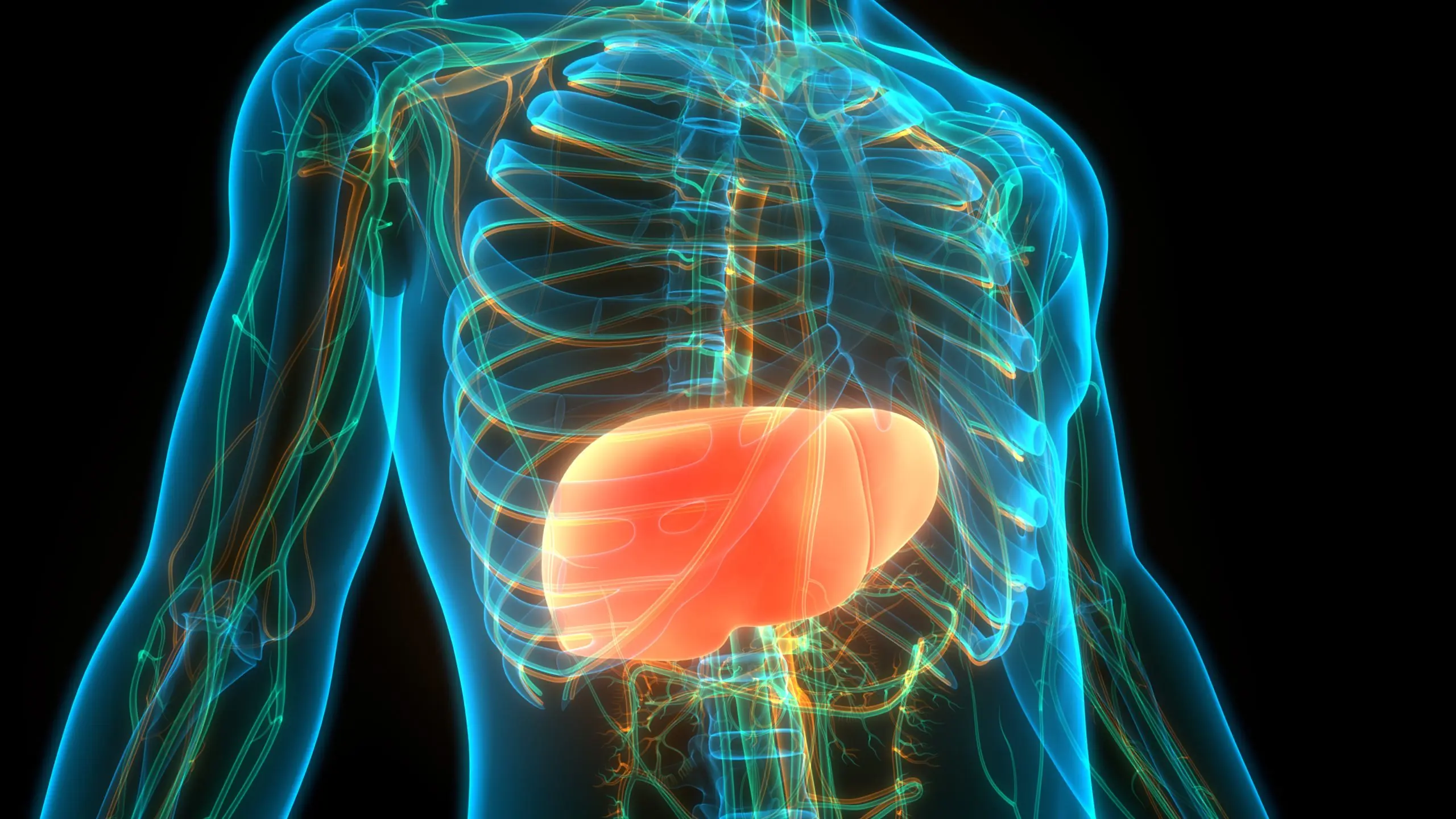
A Powerful Two-Ingredient Mixture for Cleansing Your Liver

One Vitamin That Could Transform Your Circulation

White Bumps on Your Face Don’t Try to Remove Them

Signs and Symptoms That May Indicate High Cholesterol Levels
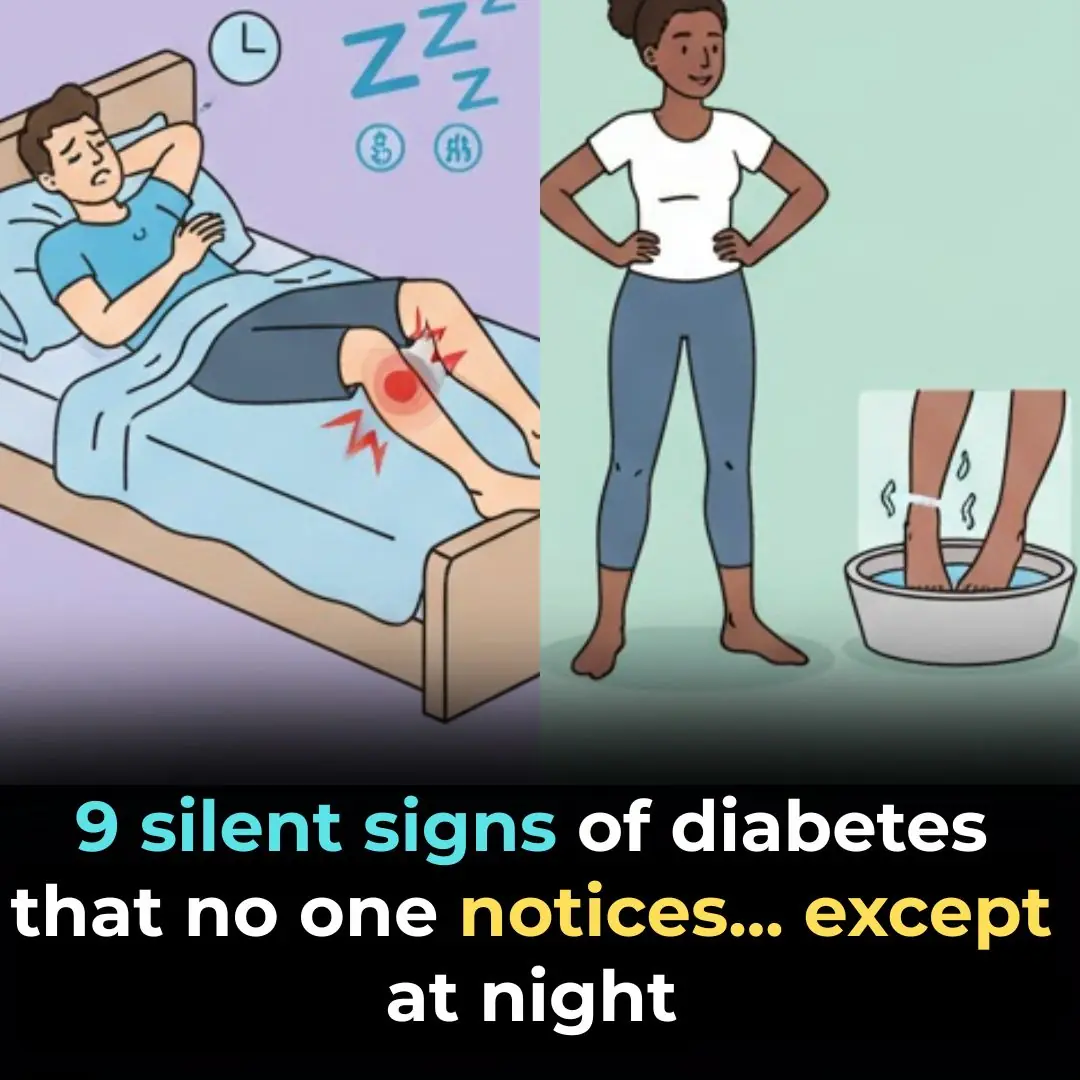
9 Signs of Diabetes That Appear at Night: What You Need to Know!
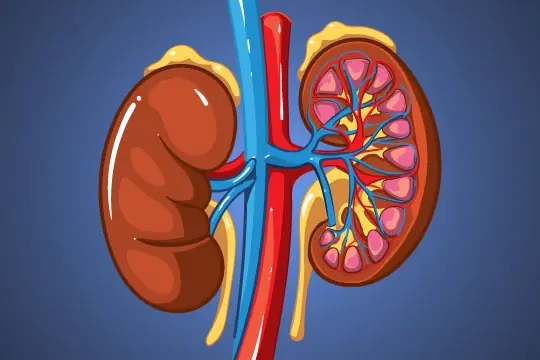
Healing Kidneys Naturally with Herbal Leaves: Supportive Strategies
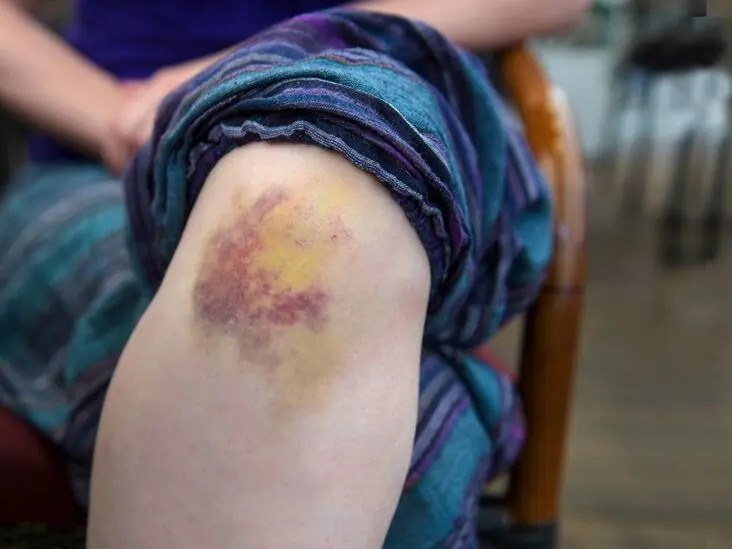
If Bruises Keep Showing Up Out Of Nowhere This Is What It Means for Your Health
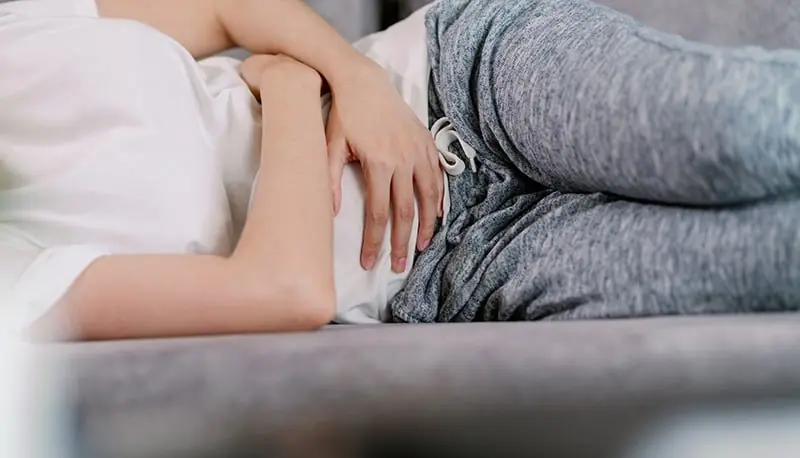
8 EARLY WARNING SIGNS OF OVARIAN CANCER WOMEN SHOULD NEVER IGNORE THESE
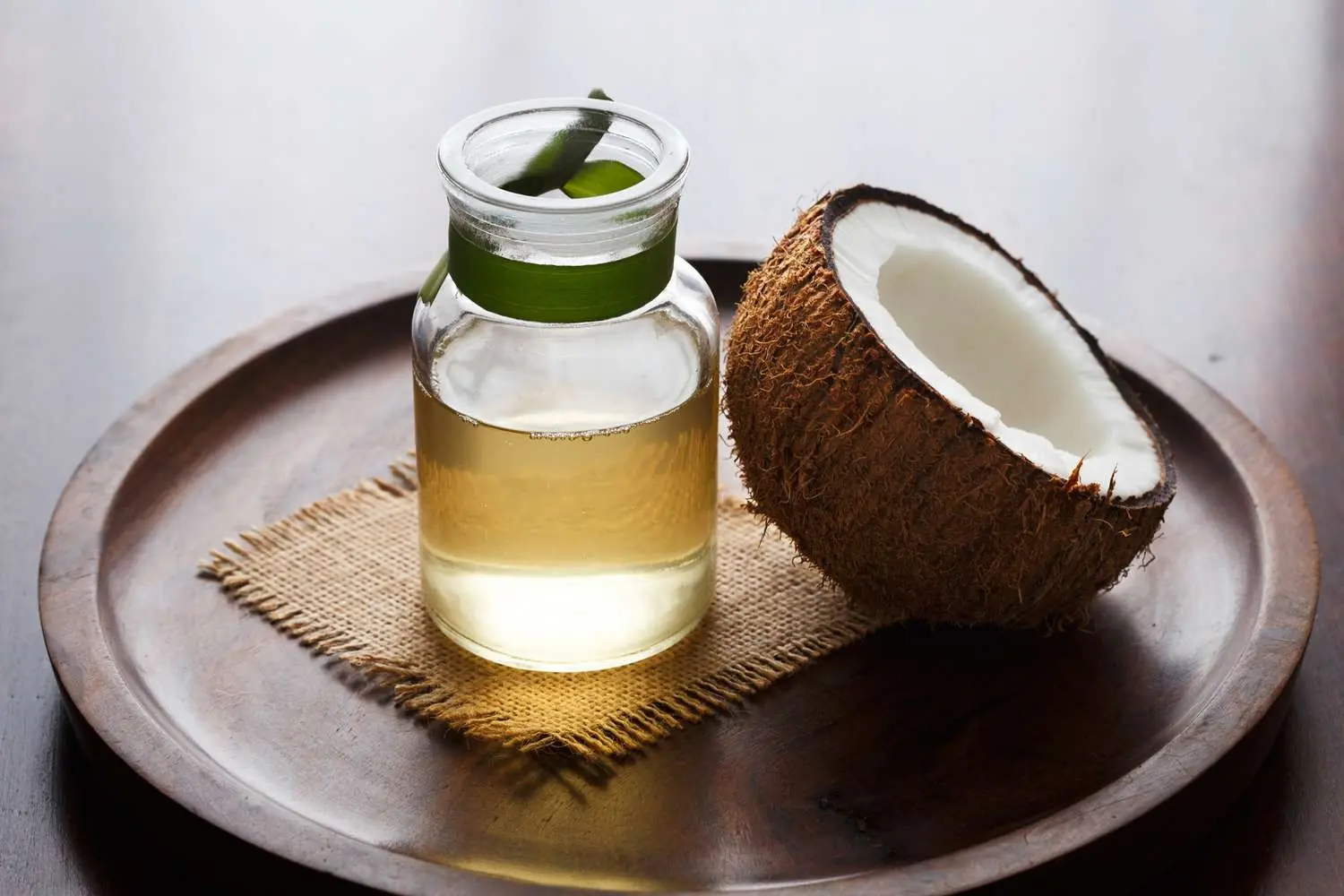
6 Ways Coconut Oil Can Benefit Those With Thyroid Problems

Top 5 Drinks To Improve Vision Naturally (Science-Backed)
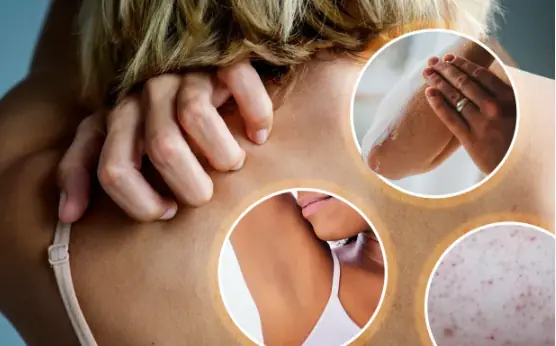
12 Surprising Skin Changes That May Signal Diabetes (A Must-Know Guide)
News Post

Just Add a Few Drops of This When Frying Eggs — They Puff Up Fluffy and Soft, Two Eggs Seem Like Four

KISS legend Gene Simmons, 76, hospitalized after scary car crash in Malibu

Pick your wing to reveal who your guardian angel is

Little Button on Your Seat Belt

Papaya Leaves: Do Not Make This Hair Treatment if You’re Not Ready for Extreme Hair Growth

Kylie Kelce has the best reaction to Taylor Swift’s raunchy ‘Wood’ song about brother-in-law Travis

DIY Tomato and Turmeric Cream for Glowing Skin and Pink Lips

50 Cent's extreme body transformation left people questioning whether it was actually real

NASA astronaut going to the Moon next year reveals bizarre act he plans to do moments before takeoff

12 Weird Diabetes Skin Problems You Need To Know

Doctors REVEAL that guava leaf tea causes in...

Simple Ways to Lower Cholesterol Naturally

The Greyhound and the Rabbit: An Unlikely Pair That Proved Love Has No Boundaries

10 Simple Lifestyle Changes That Drastically Reduce Your Stroke Risk

How the sandstone pillars of Monument Valley were actually formed

Four Boys, One Dog, Endless Courage

20+ Iceland Photos You Won’t Believe Are From This Planet

The Cop Who Fixed a Taillight and Lost Everything.

Ginger and Red Date Tea: The 97-Year-Old Grandma’s Secret Longevity Drink
